#BizTrends2019: 7 fashion trend predictions for 2019
There are at least seven trends that will become more apparent in 2019:
The growth in e-commerce
Customers have started adapting to shopping in the comfort of their homes. According to Statista South Africa, the growth of online shoppers went from 19.9% in 2017 to 21.5% in 2018.

We will see a bigger rise in online shopping and online stores like Zando and Superbalist have become dominators in online shopping. Retailers like Mr Price and Truworths also started using this multi-channelling approach. Introducing store apps for smartphones; makes shopping even easier.
The rise of artificial intelligence
Online companies like The Lobby and Stitch Fix create looks suited to the customer. With the customer’s input as well as a human stylist and artificial intelligence, personalised looks are created.
The customer clicks on the retailer’s item and is predicted to the brand for shopping. Similar applications are Finery, Hook, Vue.ai, Zilingo; each focus on customer shopping preferences.
3D scanning technology
First introduced by the Cape Peninsula University of Technology (CPUT), 3D scanning is a method that measures the circumference of clients and these increments help to create or select perfectly fitting garments.
LikeAGlove developed a cycle short that measures the clients figure and based on the collected data, it directs them to styles of trousers that will fit them best.
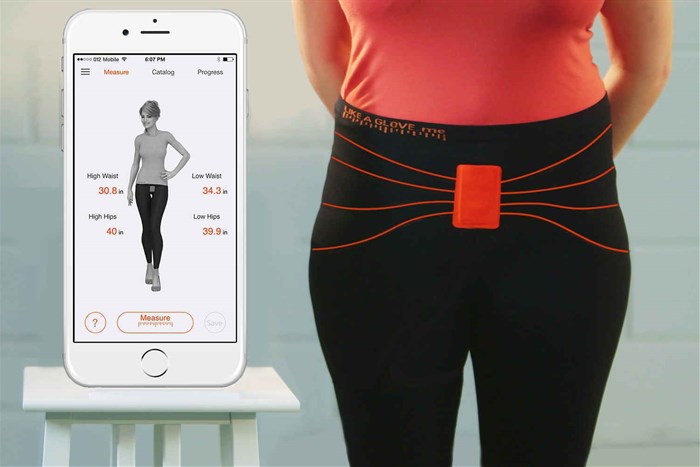
The Ministry of Supply is an apparel firm that uses 3D printing to create customised knitting. Not only does this reduce wastage, but a customised blazer can be completed in as little as 90 minutes!
Wearable technology
Wearable technology will slowly be introduced. It is a much easier method to track performance and health.
Loomia, a Brooklyn-based company integrates soft circuitry into fabrics that can heat, light, sense, and track data. Fashion designer Julianna Bass’s debuted a customer controlled colour-changing fabric at NYFW (New York Fashion Week) in 2017. Uniqlo and Alexander Wang also created lightweight heat-tech garments, which warm up without the concern of retaining moisture.
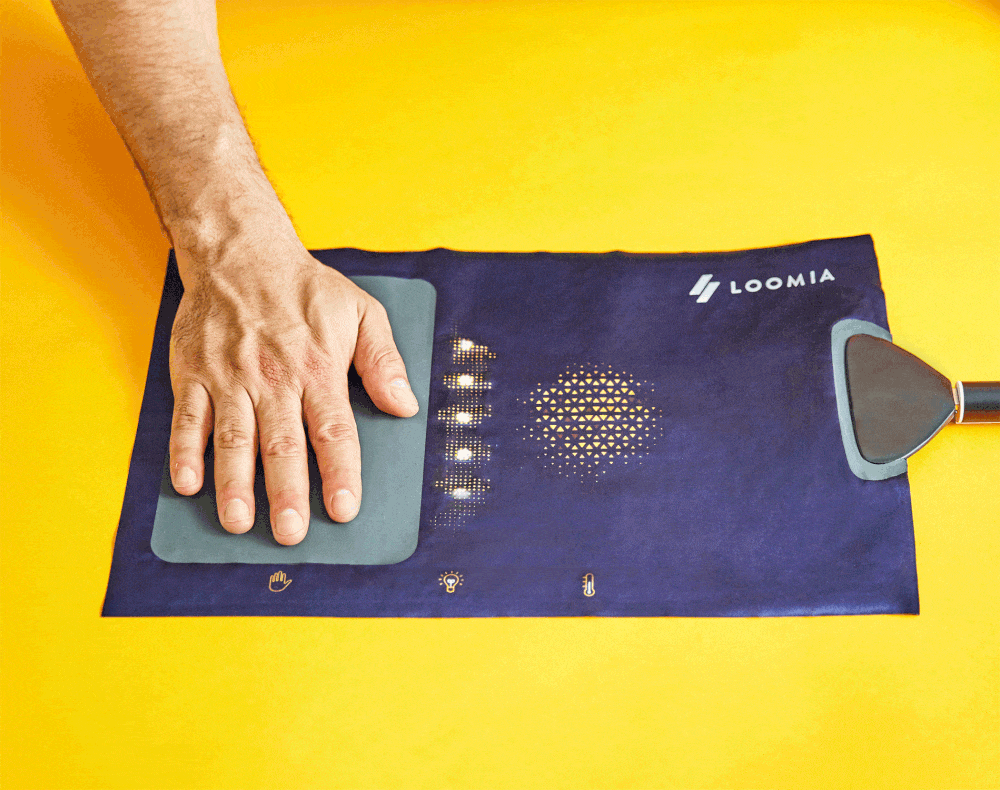
More sustainable fabrics
Designers and customers alike are opting for more environmentally-friendly options in fabrics; recently Apinat created bioplastic used in biodegradable shoes, while Puma launched a range of recyclable shoes.
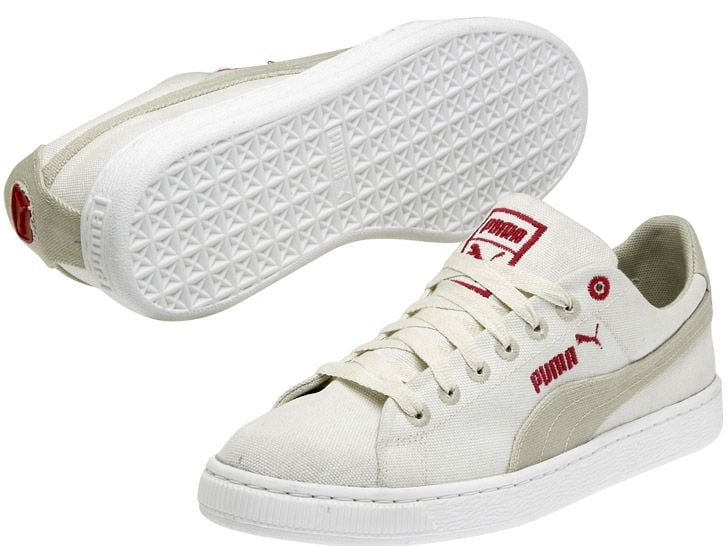
Water-free dyes are used by Netherlands-based company Dycoo, which is a much more environmentally sustainable option. Soy, milk, banana, and seaweed are also fabrics we see are being introduced in clothing manufacture.
A bigger focus on ‘real women’
Brands have started making more use of ‘curvier’ women on the runways. In SA, the standard body size is 12-16 and designers like Ruff Tung were seen showing curvier models alongside smaller sized models at Mercedes Benz Fashion Week in Johannesburg.
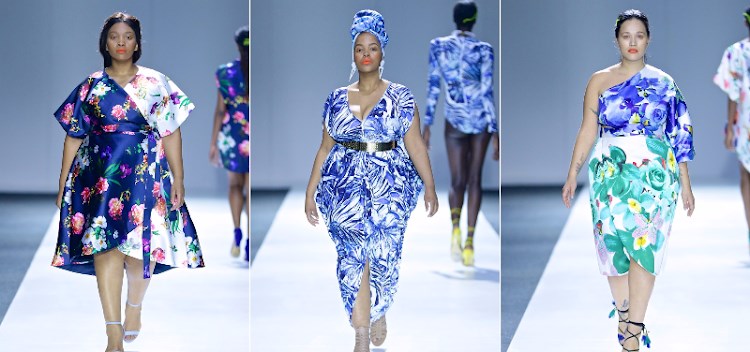
More brands working with influencers
Brands strategically approach influencers to help to grow their brand. These social media influencers test and review brands and promote the brands on their profiles. “These influencers earn somewhere between R500 – R10,000 per single Instagram post,” as per Business Insider.
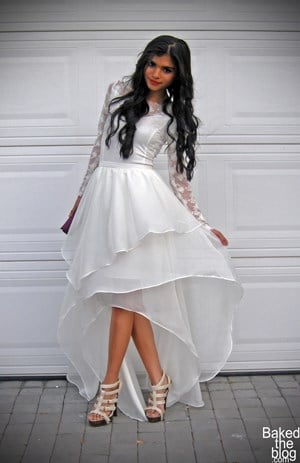
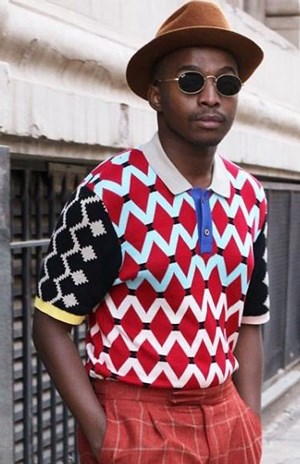
Their followers are enticed to purchase the particular brand based on the way the influencers style and review it. Trevor Stuurman @Trevor_Stuurman, Aisha Baker @bakedonline, Brett Robson @brettrobson, etc., are a few of the biggest influencers in SA.












